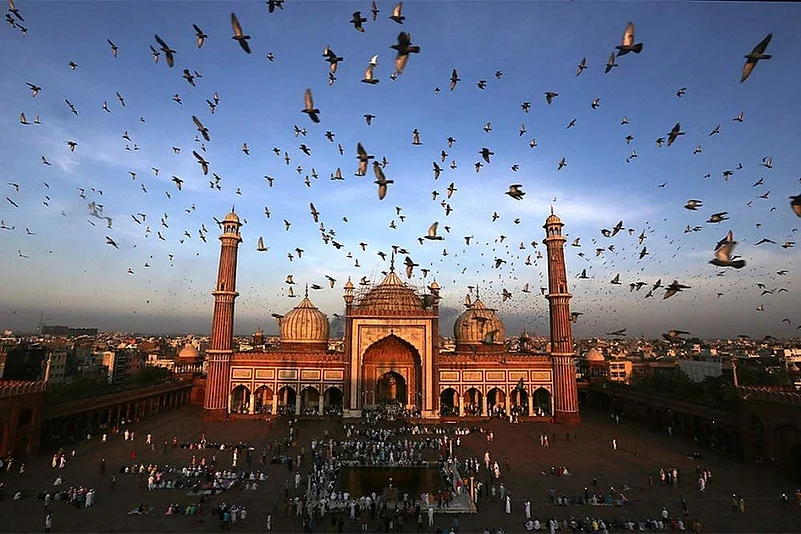Eid ul-Fitr, also known as the Festival of Fast-Breaking, is the most joyous feast, which Muslims greet in every part of the world. It is the day that separates the beginning of Ramadan from the end, which is a month of fasting and deepening of the spirit. From the capital cities to the villages, Eid will bring people who hail from different cultures, speak different languages, and are of different backgrounds together, like a family in the celebration of faith, gratitude toward God, and finally in the sense of solidarity. Let us discover how this graceful festival is commemorated differently in various parts of the world.
Common Threads
Although the main traditions expressed through Eid–Namaz, charity, and festivities – are the same across the globe, each region has its distinctive characteristics of celebration.
Prayers: On Eid, Muslims gather for specific “Salat al-Eid” prayers that are often held in the open air in large congregations.
Charity (Zakat al-Fitr): Eid is a season of giving. Akin to this, people donate their possessions to the poor so that they too can relax, and celebrate Eid al-Adha.
Feasting and Family Gatherings: The fourth month of the year signifies the end of the month-long fasting when people gather for exquisite parties full of a variety of sweet and savory meals. Traditional desserts vary by region and most of the time come in two forms: sweet such as baklava or dates and savory such as biryani or lamb stews.
A World of Eid Traditions
The Middle East:
In Saudi Arabia and the United Arab Emirates, people celebrate Eid ul-Fitr as the occasion for lavishly decorated feasts and folkloric practices. Markets are full of activity when families go out to buy new outfits and gifts. Houses come graced with colorful decorations, and streets are filled with music, lights, and fireworks.
Exchanging friendly greetings, which includes the warm Arabic saying "Eid Mubarak" (translated as "blessed Eid").
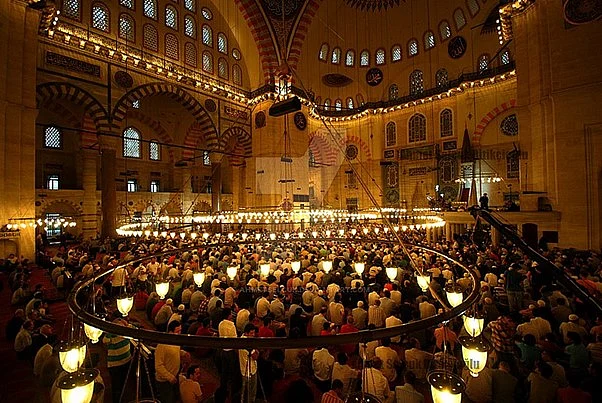
South Asia:
South Asian nations such as India, Pakistan, and Bangladesh have a distinct style of celebrating Eid ul-Fitr which has more to do with the cultural flavors of Eid. Sweets like sheer khurma and sewaiyan steal the limelight of the festival and are widely consumed across these countries during the festival.
The day usually starts with prayers from mosques or court-yards, where many believers come to offer praises and ask for God’s mercy. People dress up in new attires and engage in gift-exchanging practices. Sharing sweets among relatives and friendly gatherings is one of Eid's common practices. Henna designs are imprinted on the hands and feet of women celebrating this day with utter joy and excitement.
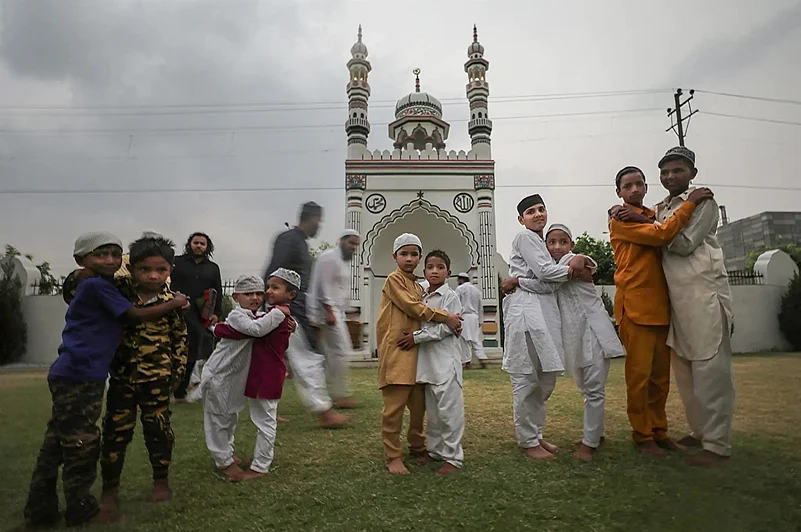
Southeast Asia:
In Southeast Asian countries such as Indonesia, Malaysia, and Singapore, Eid ul-Fitr, known as Hari Raya Aidilfitri or Lebaran, is a time of homecoming and reunion. Millions of people travel back to their hometowns to celebrate with their families. Baju kurung is a traditional outfit that is worn observing the occasion with the preparation of a customary dish named ketupat. Prepared from glutinous rice and woven into palm leaves, ketupat is a popular Eid sweet in Southeast Asia.
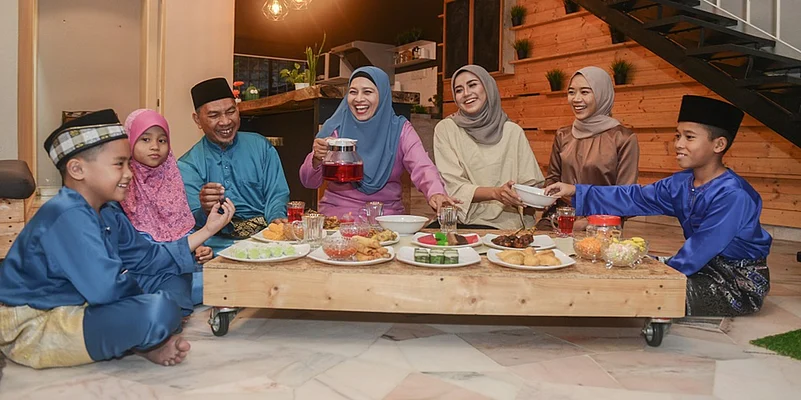
Africa:
Being a continent with a rich musical heritage, in Africa, the festival of Eid can easily be associated with the sound of drumming and folklore music. Instruments like djembe (drum), kora (harp), balafon (wooden xylophone), darbuka (goblet drum), and riq (tambourine) are played alongside singing and chanting of folk songs.
While the sound of music fills the air, people from many families are close together eating traditional dishes of local produce.
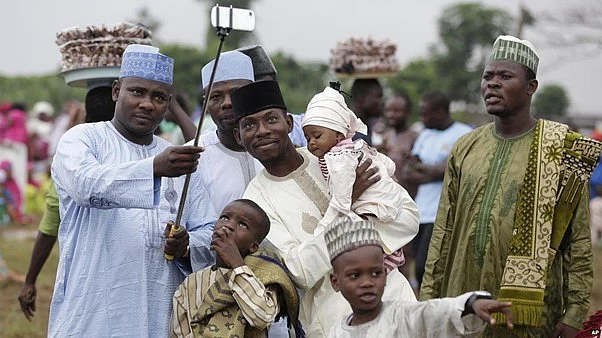
Europe and North America:
During Eid, in the Muslim-majority countries of Europe and North America, prayers and gatherings are organized at mosques or designated prayer grounds. In multicultural cities, Eid festivals and bazaars showcase diverse cuisines, arts, potlucks, and performances. In some areas Muslims observing Eid share greetings and food with neighbors and friends from other faiths, fostering a spirit of community and understanding, which is the essence of Eid.
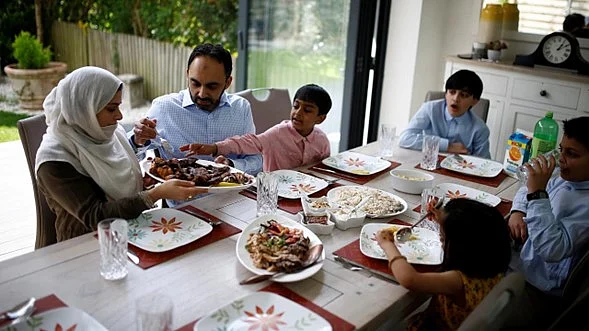
Beyond the Festivities:
The festival of Eid al-Fitr is not limited to feasts and celebrations, following the end of Ramadan, it is a time for self-reflection and knowing the importance of communal bonds. It is believed that since Ramadan is a month of forgiveness and contemplation, Eid is the festival when communal ties are strengthened, disputes of any nature can be resolved and families and friendships can be revived and reunited.
It is important to cherish and learn about these different celebrations to be able to appreciate the richness of Muslim cultures all around the world. Therefore, instead of wondering how to celebrate next year's Eid al-Fitr, take on the chance to learn about your Muslim neighbors. Eid Mubarak to all!







